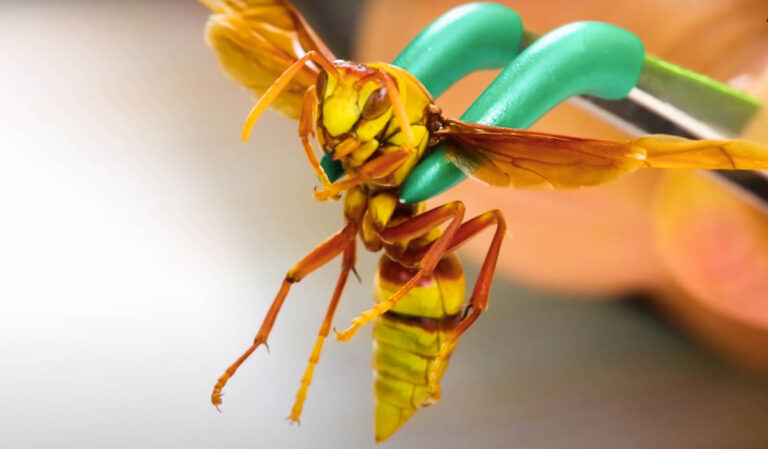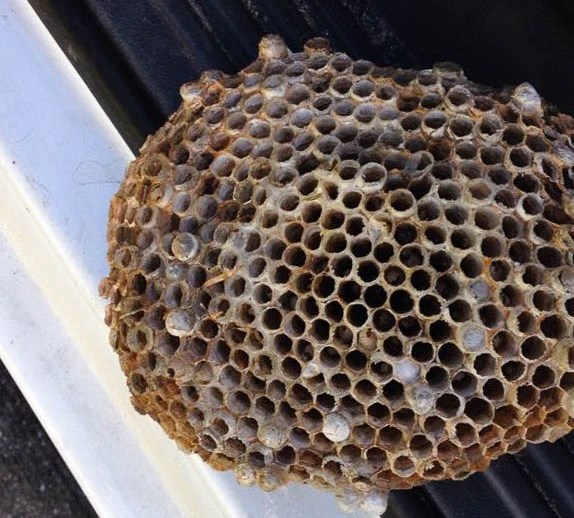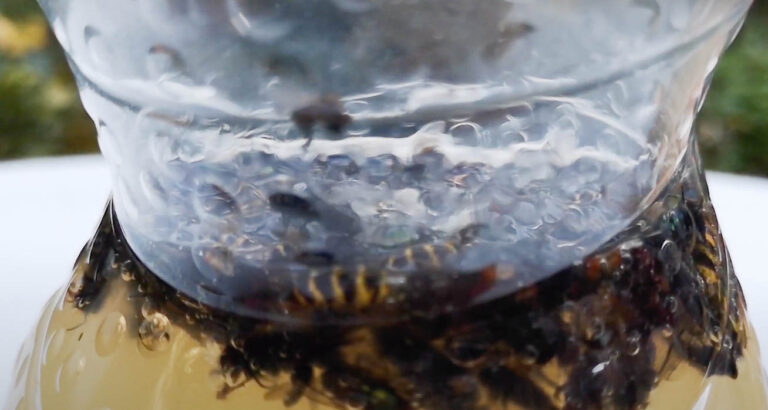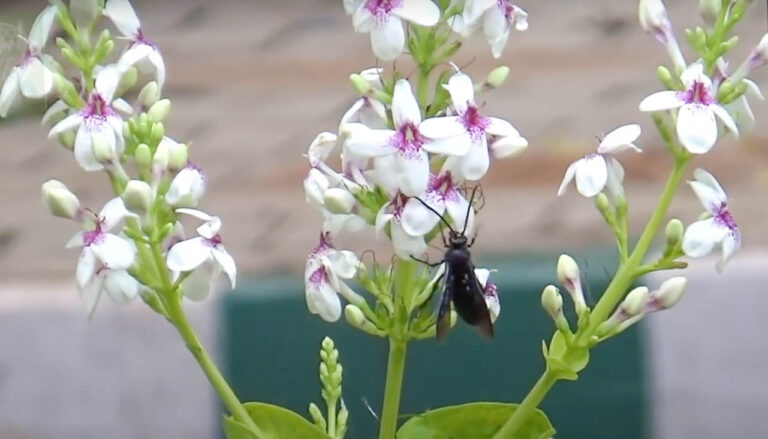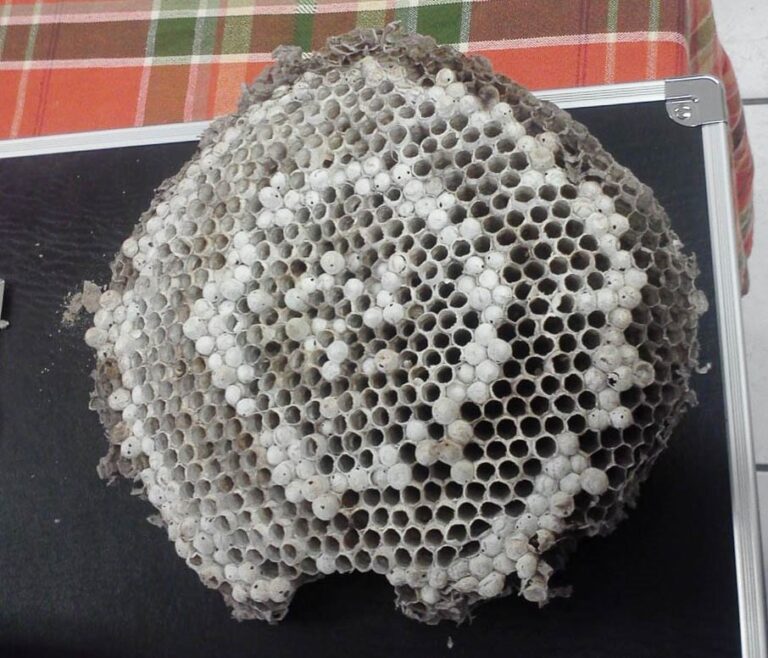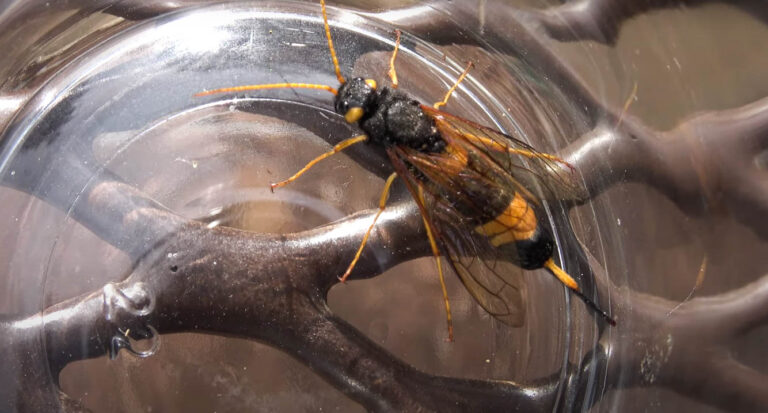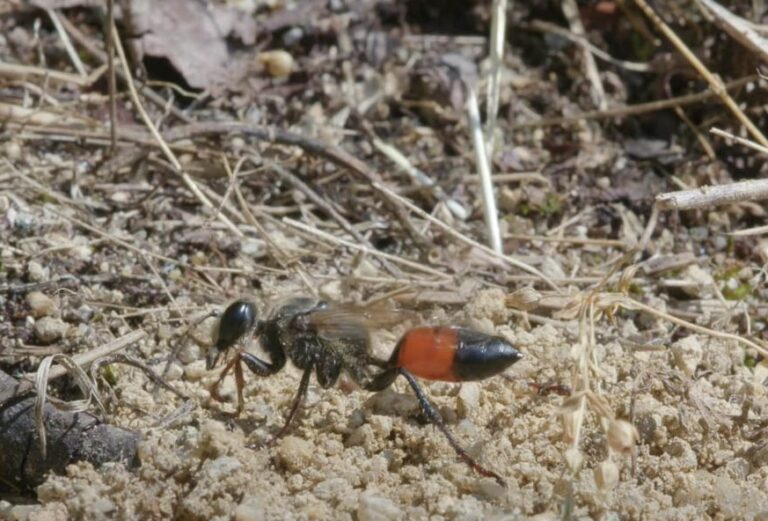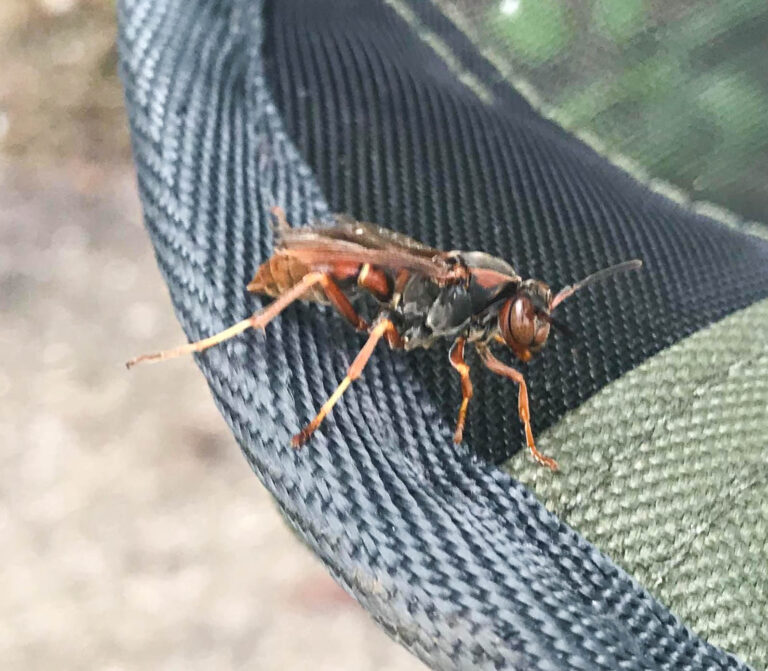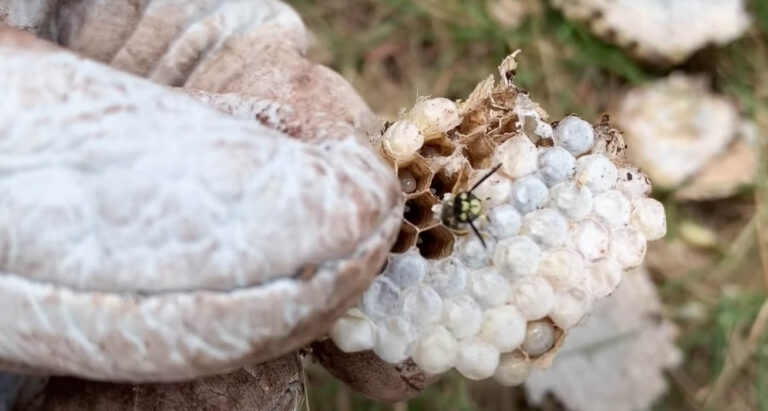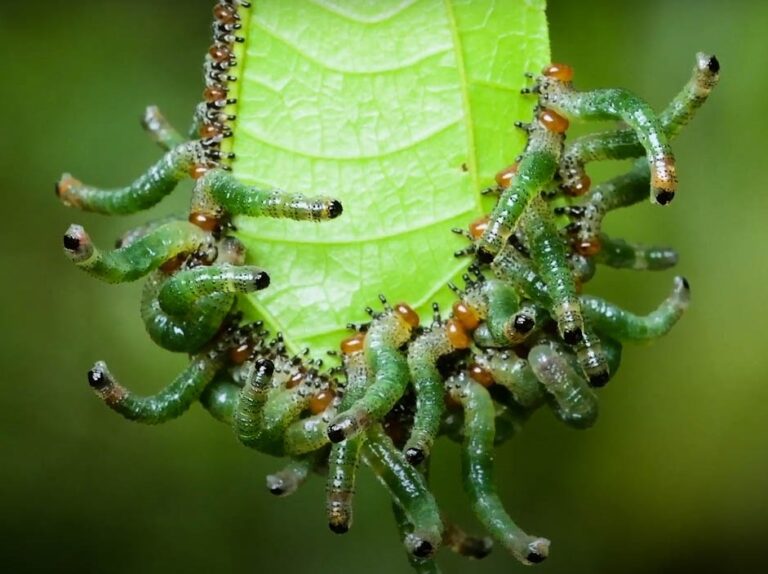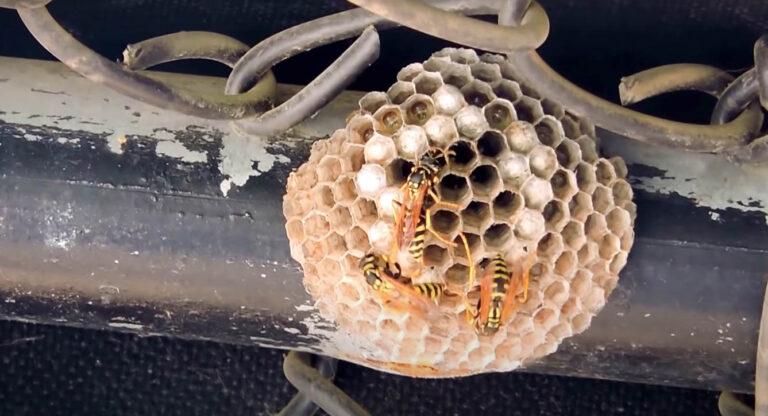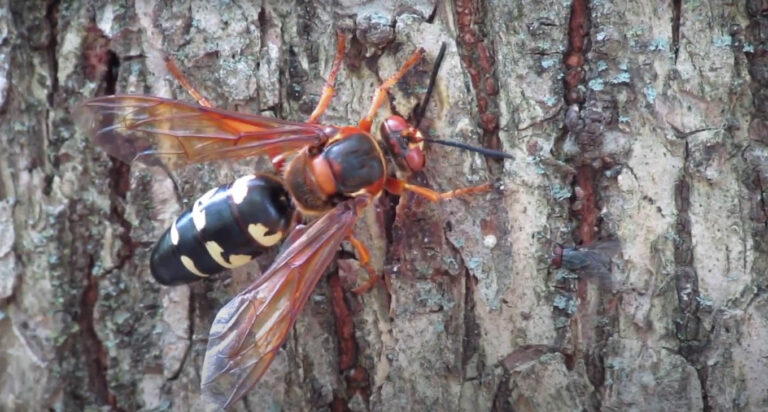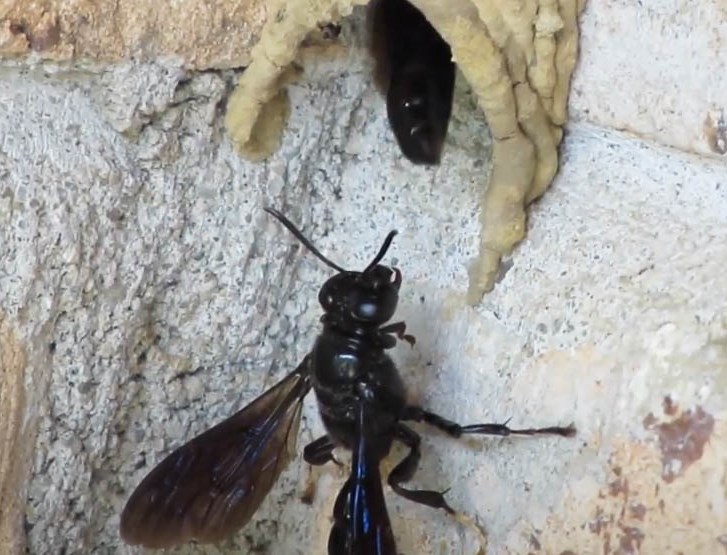About Paper Wasps
About Paper Wasps
Paper wasps are wasps that build their nest with a material that looks like paper. These wasps are also known as umbrella wasps because of the shape of their nests. The paper wasp is not as social as other wasps but they do typically tolerate small colonies in one nest.
The paper wasps have twenty-two different species living in North America and several hundred all around the world. Some names they will go by include the apache paper wasp, dominulus paper wasp, and the annularis paper wasp. These types of wasps are similar to yellow jackets and hornets, as well as, the spider wasp and the mason wasp.
Appearance
The paper wasp has a body shape that resembles the yellow jacket, except slimmer around the waist. They feature six legs that are long and look triangular shaped from a side view. There are two wings and an antenna.
The color of the paper wasp is brown with yellow. Each group of these wasps use the brown with yellow in a different way. In some species, the yellow is more of a red tone instead. Some paper wasps feature a red shade instead of the yellow. The venom from this colored paper wasp is more concentrated and will sting more.
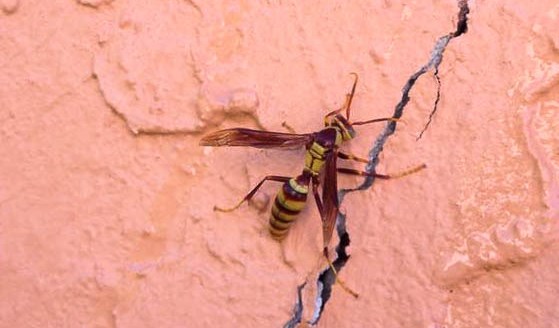
Behavior
These wasps prefer to stay in small groups instead of large colonies. Paper wasps are not normally aggressive insects so they will only attack if their nest is threatened or themselves. While they try to stay away from humans, there are occasions where the two will cross paths and the humans will get stung. The sting of a paper wasp hurts and can even cause an allergic reaction to anyone who may be sensitive to bee stings.
Life Cycle
Once the queen is fertilized, she will then go into hibernation. The eggs are laid and then they hatch into larvae. The larvae will continue to develop in stages until it reaches adulthood. Then they will become workers to help maintain the nest, help to take care of the young, and protect their nest. The nest can hold up to thirty adults.
In the late summer, the queen will not lay any eggs. The workers will die off after only living three to four months and the queens will die off after living up to twelve months.
Habitat
Each season, a new nest is built by a female wasp who will then go on to be the queen of the colony. As the offspring become adults, they are able to assist in duties around the nest that include collecting food, taking care of the young, maintaining the nest, and helping to defend the small colony. Before winter comes, the colony will go their own way. Certain females will mate before fall begins. When temperatures begin to drop down, the females will go into hibernation in a safe place for the winter. Some places they may hibernate in includes walls, attics, bird houses, hollow trees, and wood piles. The queens will stay there throughout the winter and come back out when spring arrives. Only females that have mated will survive through the winter.
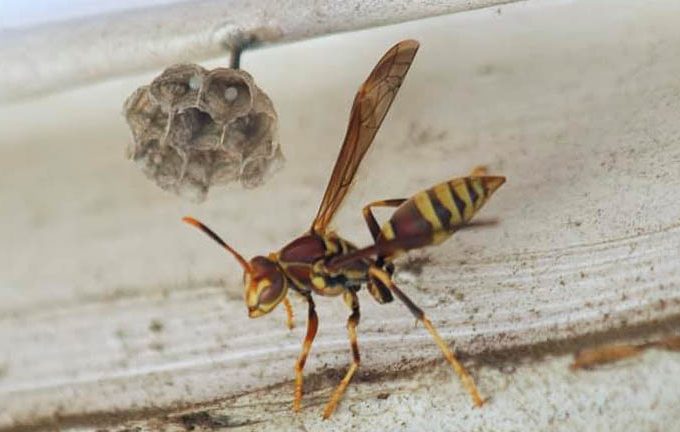
Conclusion
Like any wasp, the paper wasp has one purpose in mind in the short time that they are alive; take care of the queen and take care of the colony. They may feel like a threat to you when you see one but chances are, they have no intentions of harming you. A paper wasp sting can cause a reaction to humans who may be allergic to them. If stung, it’s important to put ice on the sting site as soon as possible to slow down the venom until the body can absorb it.

